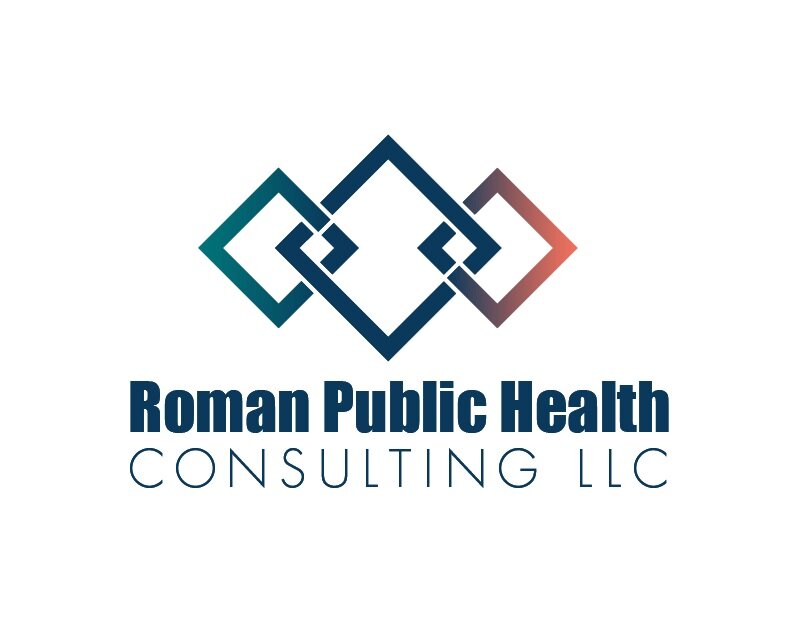Accessibility Summer Camp: Key E-Learning Takeaways and Resources
I’ve been pretty jealous of my kids so far this summer. They are enjoying all kinds of amazing camps, including sports broadcasting, theater, pickleball, and nature and hiking camps.
Thankfully, I got to attend my own day of camp last month! Accessibility Summer Camp is a free conference hosted by Wichita State University (WSU Tech) and organized with help from educators and business professionals from around the state of Kansas.
The mission of the Accessibility Summer Camp is to provide accessibility training that empowers attendees to create quality, accessible learning environments and remove barriers for all individuals who have a desire to learn.
I had the pleasure of attending three sessions and want to share some of the key takeaways and resources that I will be integrating into my instructional design and e-learning work.
Session #1: Planning for Accessibility: A Blueprint for Crafting More Inclusive E-Learning Experiences (with Raye Shilen, Yukon Learning)
This session emphasized that planning for accessibility should start right at the beginning and not be an afterthought. Raye provided examples of how accessibility can be built in at multiple levels- scripts/content, visual design, interactions, and functionality.
In public health we talk a lot about inclusive language, so it’s on my radar (e.g., using gender inclusive language). However, Raye highlighted how often our e-learning scripts assume learners have certain abilities like sight and we need to change that.
For example, shifting your narration from “Here you can see…” to “This graphic shows the relationship between…”
Resources: Raye shared links to many resources that I’m excited to use or have been using. Here I’ll highlight a few favorites that I think others can benefit from right away:
(1) Create accessible Microsoft office documents
(2) WebAIM color contrast checker
(3) Accessible color palette builder (I was super excited about this because I was able to use it for a client project right away!)
Session #2: Accessible Meetings & Events (with Brianna Blaser and Scott Bellman, University of Washington)
Ability is on a spectrum (not a simple “able” or “not able”) and can impact people in lots of ways. The ability to see, hear, walk, read, tune out distractions, etc. You should always assume that someone with a disability will be attending your event.
Remember that an accessible event also helps non-disability related barriers to learning (e.g., learners who are nonnative speakers, participants connected via phone in a loud environment, etc.)
The goal is to move from an accommodation-focused approach (i.e., learner has to disclose disability and ask for an individual accommodation) to a universal design which can be used by all people without the need for adaptation. Ask yourself, “What do we need to have to provide full and equitable access to our event?”
Resource: Accessibility and Universal Design of Online Meetings
Resource: Commissioned Paper: Promoting a Culture of Equity and Inclusion at the National Academies of Science, Engineering, and Medicine (NASEM) through the Design and Delivery of Accessible Events
This paper provides specific and actionable steps that you can take to integrate accessibility into your events (from early planning to evaluation and follow up).
Session #3: Leveraging Artificial Intelligence (AI) to Improve Accessibility (with Dr. Kara Ayers, Cincinnati Children’s Hospital Medical Center)
AI has tremendous potential to help instructional designers and e-learning developers create personalized learning experiences, which are beneficial for adult learners who want/need to see the relevance and benefits of applying the content to their everyday lives. AI can help do this by adjusting the content, pacing, type/frequency of assessments, and creating customized learning paths that adapt to learner preferences, strengths, and areas for needed growth.
AI has the potential to recognize and respond to an individual learner’s emotional well-being. For example, checking in on the learner when there are indications of frustration, rushing through content, etc.
Be careful to consider the intersection of AI and ableism (this part of the discussion was fascinating!)
We are training and scaling up AI. It learns from us. And ableism comes from systematic oppression. It’s important to be intentional about using strategies to reduce ableism in AI (e.g., bias detection- closely reviewing what data is being used to train the system, making sure there is multi-partner engagement in development: technology, disability rights/justice, policy makers, etc.)
I’d love to hear from you!
Comment below and tell me:
Your favorite resource/s for creating accessible and inclusive learning experiences (e.g., websites, guidelines, subject matter experts, podcasts, etc.)
An example of how you and/or your workplace are creating accessible and inclusive learning experiences.

